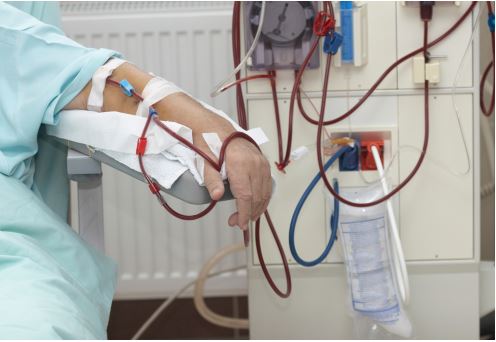 The Access Center at Savannah Vascular Institute provides many services for patients needing dialysis. Our centers are committed to providing you with the latest in state-of-the-art imaging, diagnostic and interventional services, and education to meet your dialysis access needs. We will partner with you and your Nephrology care team to develop a plan of care surrounding your vascular access needs.
The Access Center at Savannah Vascular Institute provides many services for patients needing dialysis. Our centers are committed to providing you with the latest in state-of-the-art imaging, diagnostic and interventional services, and education to meet your dialysis access needs. We will partner with you and your Nephrology care team to develop a plan of care surrounding your vascular access needs.
In order to provide the best dialysis access placement to you, our vascular access specialists use vessel mapping-placing a small IV in your hand to inject an IV contrast (Dye). This dye will show us where your veins are and assists our team of dialysis access experts, your Nephrologist and your surgeon plan where best to place to your fistula or graft. After your procedure, our vascular access specialists will put you on a schedule to monitor your access and intervene as medically necessary.
Our goal as your Access Center of Excellence is to maintain, preserve and/or restore your access so you can enjoy a happier and healthier lifestyle. Whether you need dialysis access or access repair, we will carefully install or open fistulas and grafts to ensure that you are ready to receive dialysis.

 Hemodialysis
Hemodialysis


